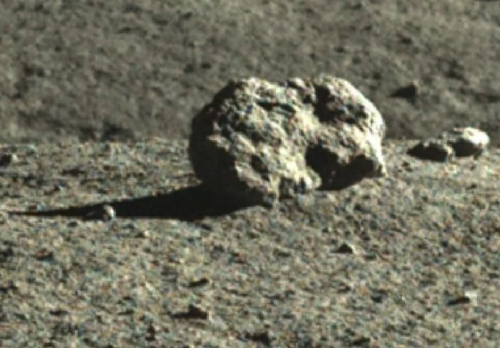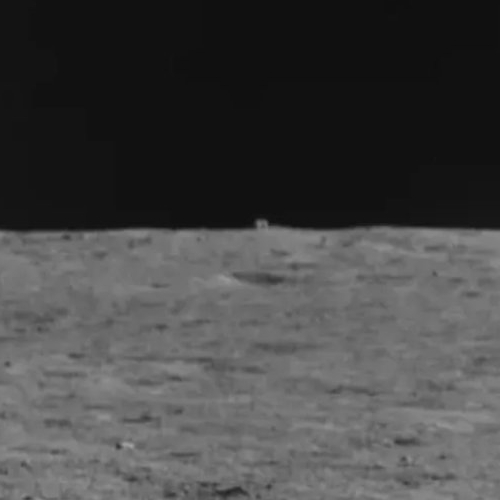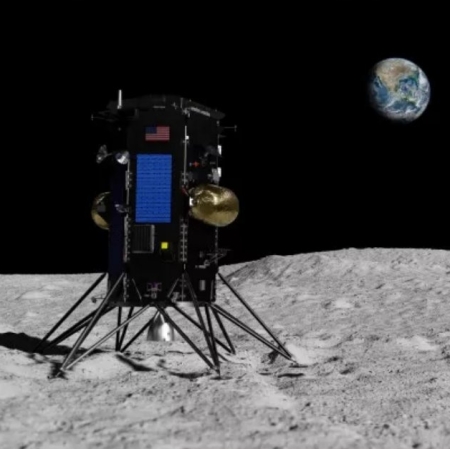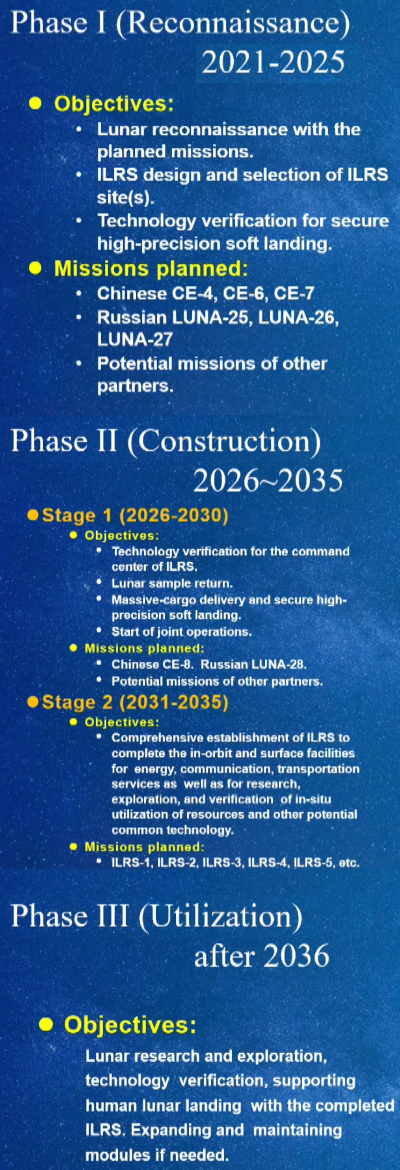Yutu-2 approaches boulder, has now traveled more than 1,000 meters
The Chinese state-run press has released some more images from its rover Yutu-2, including a new image of the square-shaped lunar rock that was first identified a month ago. This new image is to the right, cropped and reduced to post here.
In the original image, the rock appeared very square as it was on the horizon and silhouetted by the black sky. As is usual in our emotion- and movie-run society, many began to push wild theories about the rock, proposing it was anything from an alien spacecraft to the monolith from the 1968 movie 2001: A Space Odyssey.
The picture confirms what any thoughtful person would have concluded, that it was simply a rock. The available image does not provide a scale, so I cannot tell you whether this is a large boulder, or a small piece of gravel. However, a wider image taken by Yutu-2 shows that the rock is on the edge of a small crater, which suggests the boulder is probably somewhere between three to ten feet across. The rover has completed only about half of its 260-foot journey to it, and won’t reach it until its next lunar day of operations in February.
The same report also revealed that the rover has now traveled just over 1,000 meters on the far side of the Moon, or about 3,280 feet, since it began operations in early 2019.
The Chinese state-run press has released some more images from its rover Yutu-2, including a new image of the square-shaped lunar rock that was first identified a month ago. This new image is to the right, cropped and reduced to post here.
In the original image, the rock appeared very square as it was on the horizon and silhouetted by the black sky. As is usual in our emotion- and movie-run society, many began to push wild theories about the rock, proposing it was anything from an alien spacecraft to the monolith from the 1968 movie 2001: A Space Odyssey.
The picture confirms what any thoughtful person would have concluded, that it was simply a rock. The available image does not provide a scale, so I cannot tell you whether this is a large boulder, or a small piece of gravel. However, a wider image taken by Yutu-2 shows that the rock is on the edge of a small crater, which suggests the boulder is probably somewhere between three to ten feet across. The rover has completed only about half of its 260-foot journey to it, and won’t reach it until its next lunar day of operations in February.
The same report also revealed that the rover has now traveled just over 1,000 meters on the far side of the Moon, or about 3,280 feet, since it began operations in early 2019.








